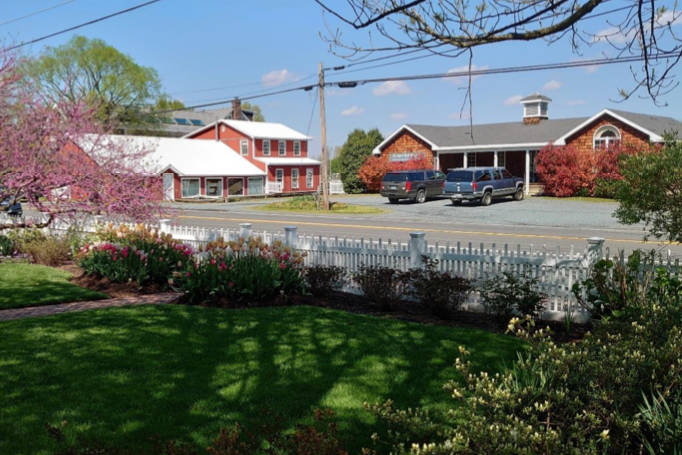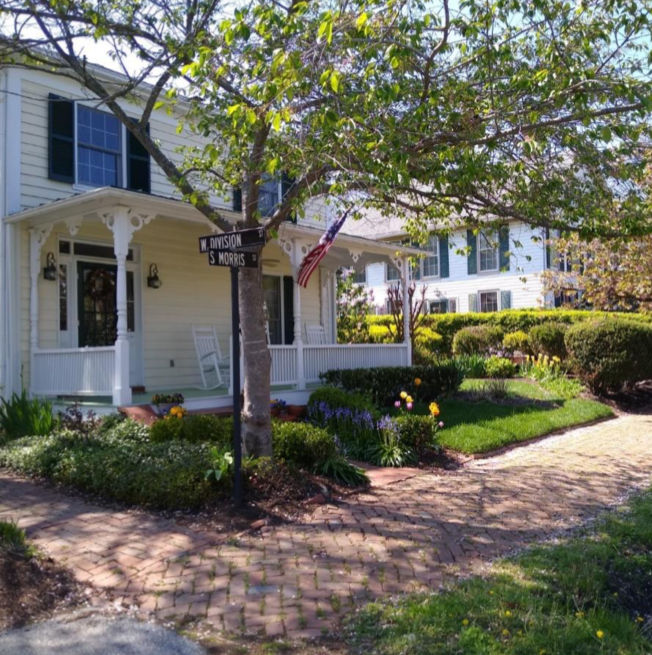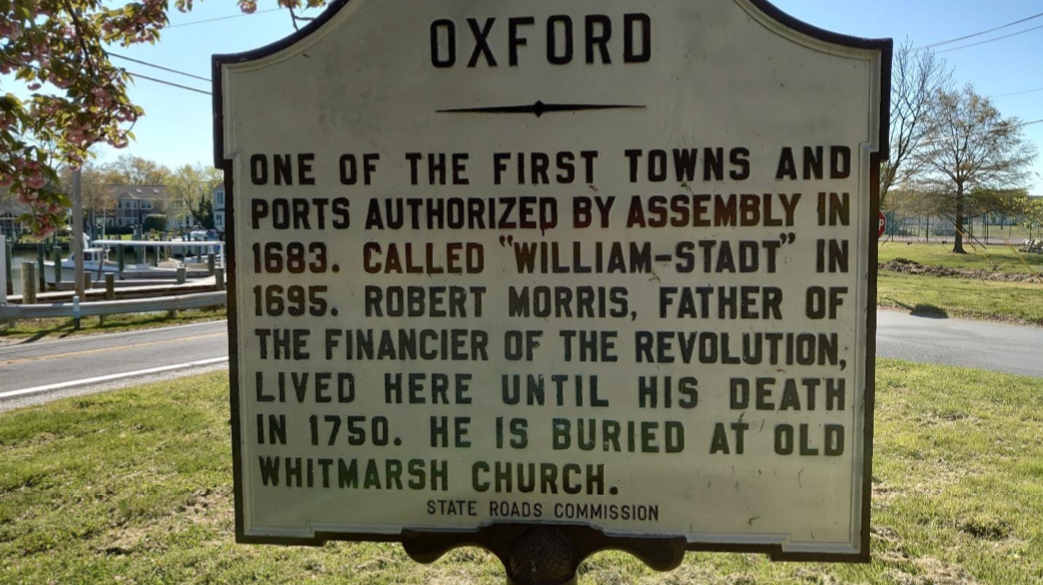Welcome to Oxford, Maryland
“For the yachtsman, the first glimpse of Oxford comes after rounding the Benoni (Choptank) Light. The long stretch of low-lying shoreline, dotted with homes, is climaxed when one rounds the marker at Town Point, where the Yacht Club is located. The pleasant Strand and the narrowing waters of Town Creek around the bend seem to beckon the weary boatman to the most peaceful of harbors. To enter Oxford at sunset, when the light is fading behind its sheltered coves and clustered masts, its silhouetted church steeples, is to experience a sense of timeless beauty and repose.” A Port of Entry Oxford, Maryland by Jane Foster Tucker 1992

Today…
Oxford is home to people seeking a quiet way of life, plus there are still some watermen working the bay. Marinas, boatyards, and waterfront homes are prevalent in Town Creek.
Some excerpts from Oxford Treasures Then and Now, by Douglas Hanks, Jr. aptly describe the rate of change in Oxford in his lifetime.
“When….my Grandfather was President of the Town Commissioners, he fought hard to bring something to Oxford which caused much controversy. He was successful in his efforts and electricity was introduced to town.”
“I remember when there were four grocery stores in Oxford, all offering home delivery performed by kids on their bicycles. I rode the train to Easton. The passenger train made its final run on August 7, 1949.”
“These scenes of yesterday become lost in time. The cows and other livestock no longer wander through town. Automobiles replaced horses and carriages, fancy yachts replaced clipper ships and steamboats, the trains are gone and watermen’s homes which once provided shelter for weather-beaten men of the sea now provide exclusive retirement homes for the more wealthy.”
Now Oxford is a place to see beautiful period homes and gardens, boatyards, and water views. In the spring, the flowers and trees are amazing; in summer, there are fresh breezes and shady places. Fall brings the migrating geese and other waterfowl, and Oxford at Christmas time is charming with the combination of old homes and Christmas lights.
Learn more about Oxford, MD at these sites: shar.es/aHer19 and tourtalbot.org/oxford


